Craniopharyngioma differential diagnosis: Difference between revisions
Marjan Khan (talk | contribs) |
Marjan Khan (talk | contribs) |
||
| Line 7: | Line 7: | ||
==Differentiating Craniopharyngioma from other Diseases== | ==Differentiating Craniopharyngioma from other Diseases== | ||
Craniopharyngioma is a mass in the pituitary region. The common pituitary masses that can be confused with craniopharyngioma are following.<ref name="pmid1260697">{{cite journal |vauthors=Petito CK, DeGirolami U, Earle KM |title=Craniopharyngiomas: a clinical and pathological review |journal=Cancer |volume=37 |issue=4 |pages=1944–52 |date=April 1976 |pmid=1260697 |doi= |url=}}</ref> | Craniopharyngioma is a mass in the pituitary region. The common pituitary masses that can be confused with craniopharyngioma are following.<ref name="pmid1260697">{{cite journal |vauthors=Petito CK, DeGirolami U, Earle KM |title=Craniopharyngiomas: a clinical and pathological review |journal=Cancer |volume=37 |issue=4 |pages=1944–52 |date=April 1976 |pmid=1260697 |doi= |url=}}</ref> <ref name="pmid9761047">{{cite journal |vauthors=Bunin GR, Surawicz TS, Witman PA, Preston-Martin S, Davis F, Bruner JM |title=The descriptive epidemiology of craniopharyngioma |journal=J. Neurosurg. |volume=89 |issue=4 |pages=547–51 |date=October 1998 |pmid=9761047 |doi=10.3171/jns.1998.89.4.0547 |url=}}</re | ||
*[[Sarcoid]], sellar tumour ([[pituitary]] adenoma) | *[[Sarcoid]], sellar tumour ([[pituitary]] adenoma) | ||
*[[Aneurysm]] | *[[Aneurysm]] | ||
| Line 16: | Line 16: | ||
*[[Optic nerve glioma]] | *[[Optic nerve glioma]] | ||
General ''imaging differential'' considerations include:<ref name="pmid1260697">{{cite journal |vauthors=Petito CK, DeGirolami U, Earle KM |title=Craniopharyngiomas: a clinical and pathological review |journal=Cancer |volume=37 |issue=4 |pages=1944–52 |date=April 1976 |pmid=1260697 |doi= |url=}}</ref> | General ''imaging differential'' considerations include:<ref name="pmid1260697">{{cite journal |vauthors=Petito CK, DeGirolami U, Earle KM |title=Craniopharyngiomas: a clinical and pathological review |journal=Cancer |volume=37 |issue=4 |pages=1944–52 |date=April 1976 |pmid=1260697 |doi= |url=}}</ref> <ref name="pmid9761047">{{cite journal |vauthors=Bunin GR, Surawicz TS, Witman PA, Preston-Martin S, Davis F, Bruner JM |title=The descriptive epidemiology of craniopharyngioma |journal=J. Neurosurg. |volume=89 |issue=4 |pages=547–51 |date=October 1998 |pmid=9761047 |doi=10.3171/jns.1998.89.4.0547 |url=}}</re | ||
*'''Rathke cleft cyst''' | *'''Rathke cleft cyst''' | ||
**No solid or enhancing component | **No solid or enhancing component | ||
| Line 49: | Line 49: | ||
* [[Lung]] involvement | * [[Lung]] involvement | ||
* [[GI bleeding]] | * [[GI bleeding]] | ||
* [[Lymphadenopathy|Lymph node enlargement]]<ref name="pmid1340034">{{cite journal| author=Ghosh KN, Bhattacharya A| title=Gonotrophic nature of Phlebotomus argentipes (Diptera: Psychodidae) in the laboratory. | journal=Rev Inst Med Trop Sao Paulo | year= 1992 | volume= 34 | issue= 2 | pages= 181-2 | pmid=1340034 | doi= | pmc= | url=https://www.ncbi.nlm.nih.gov/entrez/eutils/elink.fcgi?dbfrom=pubmed&tool=sumsearch.org/cite&retmode=ref&cmd=prlinks&id=1340034 }} </ref> | * [[Lymphadenopathy|Lymph node enlargement]]<ref name="pmid1340034">{{cite journal| author=Ghosh KN, Bhattacharya A| title=Gonotrophic nature of Phlebotomus argentipes (Diptera: Psychodidae) in the laboratory. | journal=Rev Inst Med Trop Sao Paulo | year= 1992 | volume= 34 | issue= 2 | pages= 181-2 | pmid=1340034 | doi= | pmc= | url=https://www.ncbi.nlm.nih.gov/entrez/eutils/elink.fcgi?dbfrom=pubmed&tool=sumsearch.org/cite&retmode=ref&cmd=prlinks&id=1340034 }} </ref> <ref name="pmid9761047">{{cite journal |vauthors=Bunin GR, Surawicz TS, Witman PA, Preston-Martin S, Davis F, Bruner JM |title=The descriptive epidemiology of craniopharyngioma |journal=J. Neurosurg. |volume=89 |issue=4 |pages=547–51 |date=October 1998 |pmid=9761047 |doi=10.3171/jns.1998.89.4.0547 |url=}}</re | ||
| | | | ||
* CD1a and CD45 + | * CD1a and CD45 + | ||
Revision as of 16:11, 14 January 2019
|
Craniopharyngioma Microchapters |
|
Diagnosis |
|---|
|
Treatment |
|
Case Studies |
|
Craniopharyngioma differential diagnosis On the Web |
|
American Roentgen Ray Society Images of Craniopharyngioma differential diagnosis |
|
Risk calculators and risk factors for Craniopharyngioma differential diagnosis |
Editor-In-Chief: C. Michael Gibson, M.S., M.D. [1]Associate Editor(s)-in-Chief: Marjan Khan M.B.B.S.[2]
Overview
Craniopharyngioma must be differentiated from other pituitary masses such as sarcoid, pituitary adenoma, aneurysm, teratoma, tuberculosis, rathke cleft cyst, chordoma, hypothalamic glioma, hamartoma of tuber cinereum, histiocytosis, meningioma and optic nerve glioma.
Differentiating Craniopharyngioma from other Diseases
Craniopharyngioma is a mass in the pituitary region. The common pituitary masses that can be confused with craniopharyngioma are following.[1]
| Type of DI | Subclass | Disease | Defining signs and symptoms | Lab/Imaging findings |
|---|---|---|---|---|
| Central | Acquired | Histiocytosis |
|
 |
| Craniopharyngioma |
|
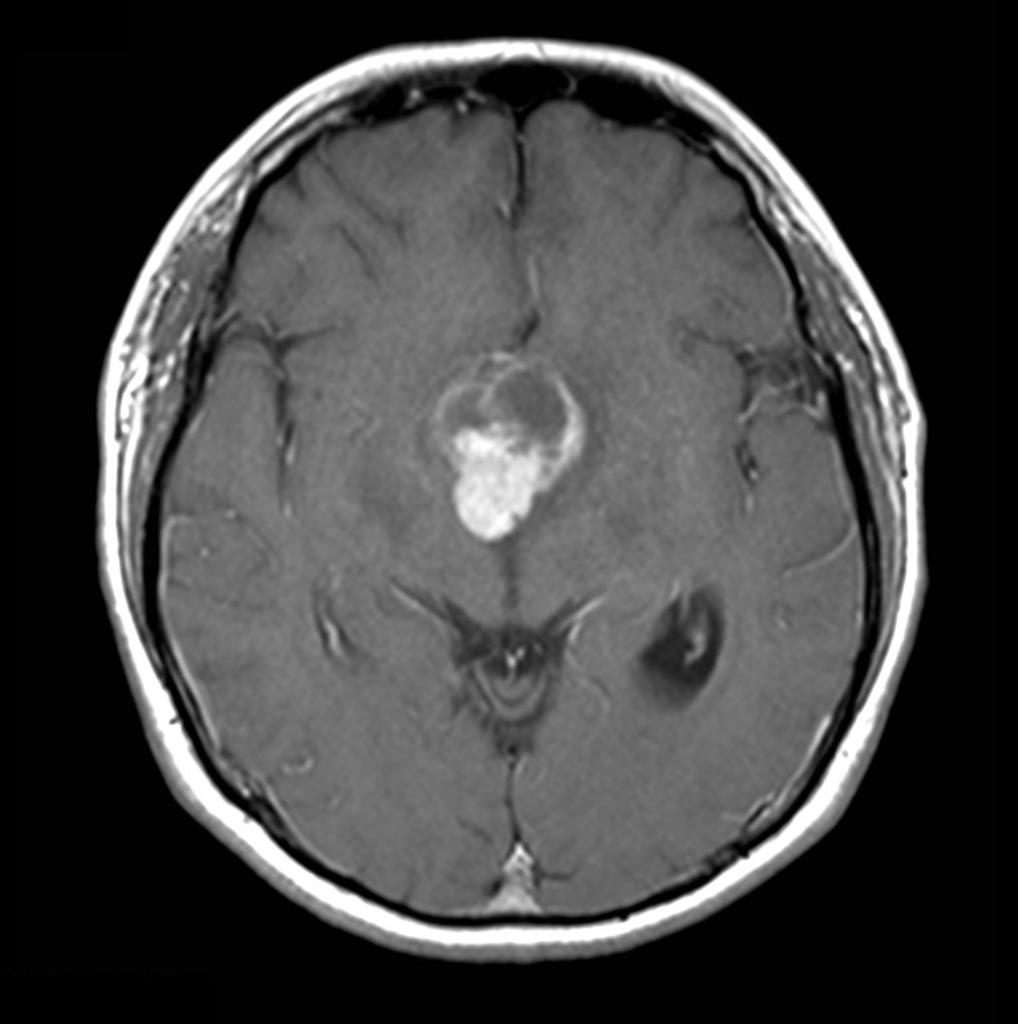 | ||
| Sarcoidosis |
|
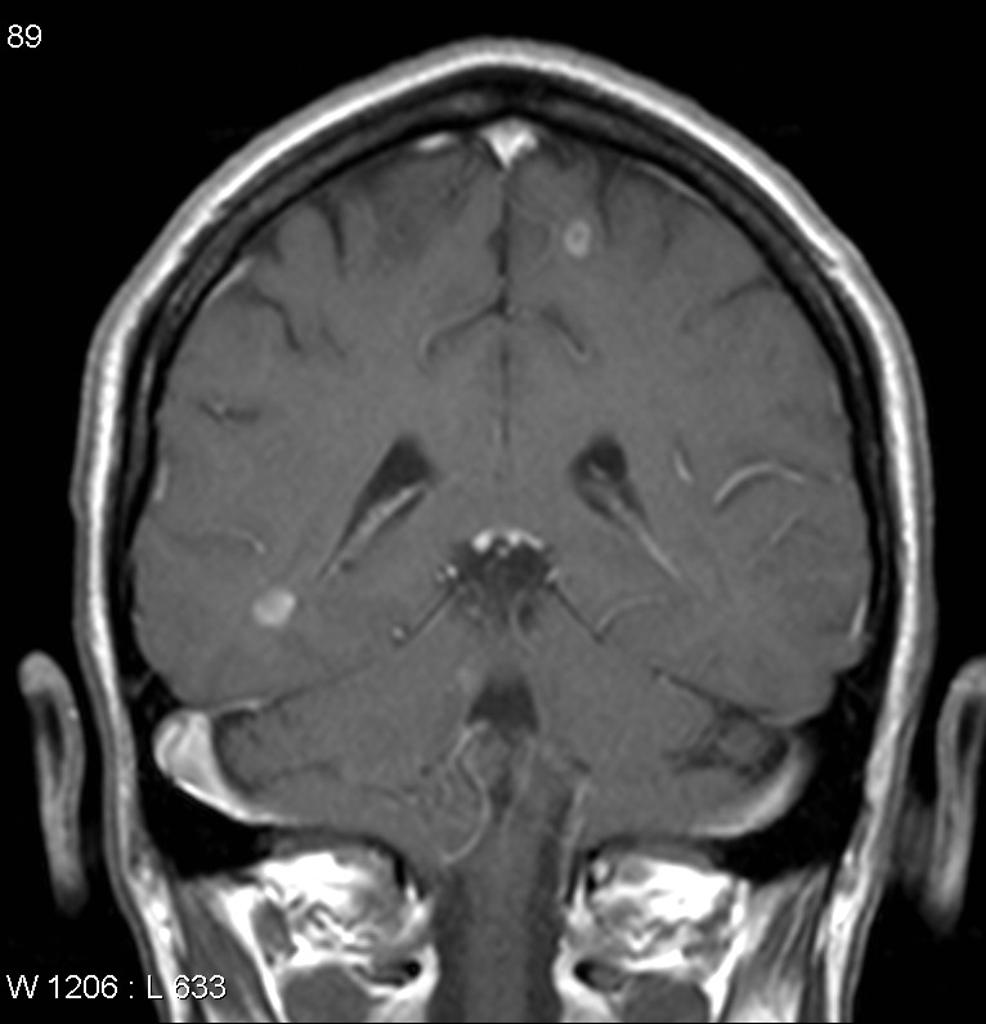 | ||
| Congenital | Hydrocephalus |
|
Dilated ventricles on CT and MRI
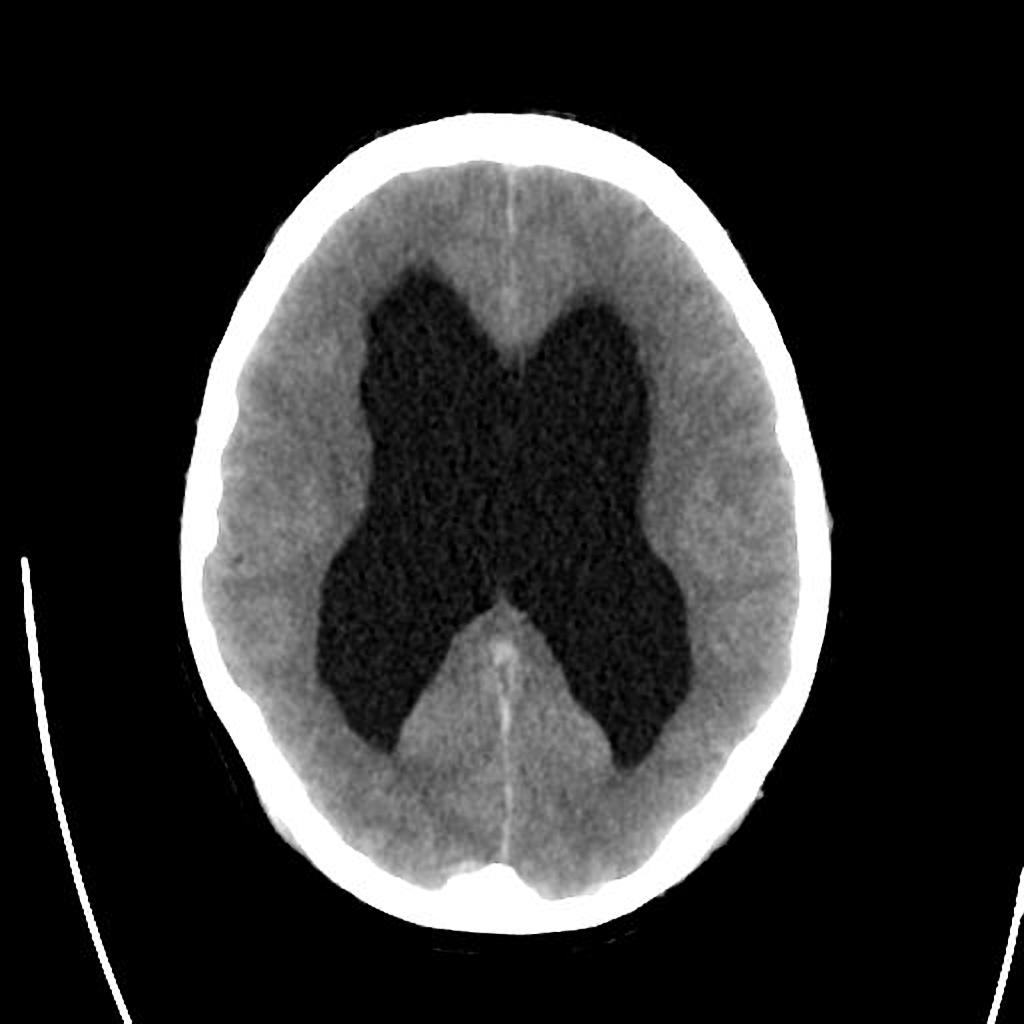 | |
| Wolfram Syndrome (DIDMOAD) |
| |||
| Nephrogenic | Acquired | Drug-induced (demeclocycline, lithium) |
| |
| Hypercalcemia |
| |||
| Hypokalemia |
| |||
| Multiple myeloma |
|
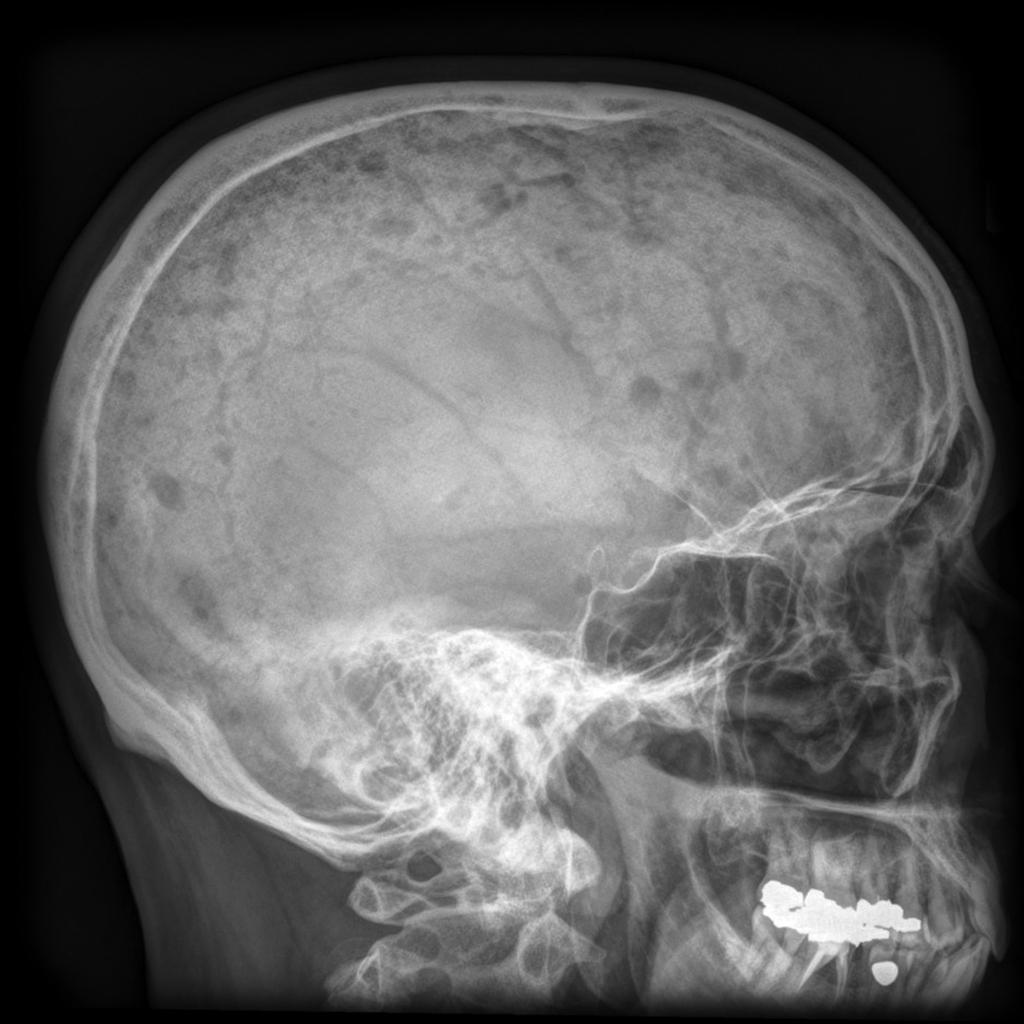 | ||
| Sickle cell disease |
|
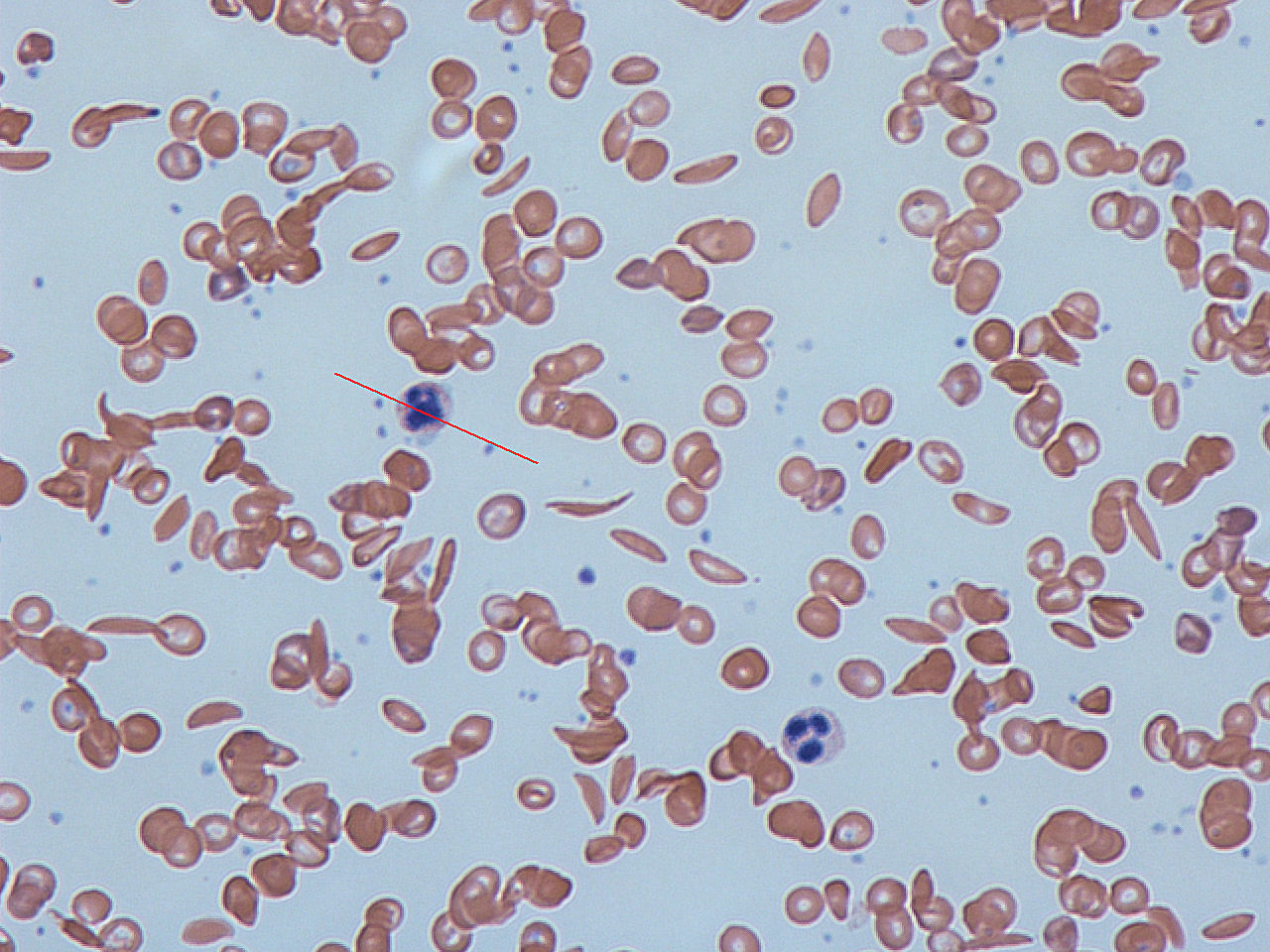 | ||
| Primary polydipsia | Psychogenic |
| ||
| Gestational diabetes insipidus |
| |||
| Diabetes mellitus |
| |||
References
- ↑ Petito CK, DeGirolami U, Earle KM (April 1976). "Craniopharyngiomas: a clinical and pathological review". Cancer. 37 (4): 1944–52. PMID 1260697.
- ↑ Ghosh KN, Bhattacharya A (1992). "Gonotrophic nature of Phlebotomus argentipes (Diptera: Psychodidae) in the laboratory". Rev Inst Med Trop Sao Paulo. 34 (2): 181–2. PMID 1340034.